BORING is good when you want to be good
Written and contributed by Dr. Chris Hobbs ( Follow him on Twitter @Dr_ChrisHobbs)
My youngest daughter is a 14 year old aspiring athlete. Early on in her sport endeavors she’s demonstrated strength, grit, commitment, and some explosive athletic ability. I don’t know how accomplished she’ll become but she puts her all into her athletic participation. She loves it. Practices, games, tournaments, and training sessions are why she gets out of bed each day. Much of me agrees with her; like father, like daughter! She recently came home from an after-school strength training session with the qualified strength coaches we have at our school. I asked her how her session was. ‘Dad, it was boring. We do the same exercises every time.’
This made me smile. We have highly qualified and passionate strength coaches and an elite weight room so the workouts were not my concern. What my daughter was experiencing was the paradox that boring is good when you want to be good. We live in a day and age when we have almost no tolerance for boredom. If something becomes boring, we move on quickly. We can skip commercials, check a different social media network, communicate with whomever we want whenever we want, or scroll our phones while standing in lines.
We have almost completely purged boredom from our lives and that has consequences. One of those consequences is we have forgotten how many boring repetitions it requires to become proficient in a task or skill. Skill development in athletics is a great example, but it has many other applications like earning a degree, losing weight, or saving money for a big purchase. Getting good is boring!
[adinserter name=”Basketball In Article Ad 1 Rebecca”]
As I worked through my doctorate, I would estimate that 75% of the things I was involved in were boring, but it would not have developed the understanding of content or process necessary to do what was required to finish the doctorate (write a dissertation) if I had not navigated a lot of boring. Boring is not bad if you want to be good at something.
There are a couple of ways to navigate boring while pursuing something good.
1. Check off the completion of tasks as you are working through boring phases. Jerry Seinfeld used to keep a calendar above his desk and cross off each day that he spent 30 minutes working on new jokes. His goal was to create as many unbroken rows of x’s on his calendar as he could. I’m sure writing jokes day in and day out go boring, but we don’t have the humor of Jerry Seinfeld without his tolerance for boring.
2. Develop practical reminders of where you are heading. Post it notes on mirrors, home screens on phones, and daily journals are all great ways to remind yourself of why you started on a boring path to something good.

3. Do boring with other people that are headed your same direction. I spent 3 years working towards a particular goal in strength training during my 30’s. There was a lot of boring days, hard lifts, and failed programs. I kept going many times because I was having a blast being miserable with the two guys I was training with. We did boring together and it was quite so boring.
Mother Theresa is quoted as saying, ‘be faithful in the little things because it is them that your strength lies.’ Boring is hard to tolerate when it comes to commercials and lines but that doesn’t mean that boring is bad. Boring is good when you want to be good. Ironically, when you remember that boring is required to be good, boring becomes exciting!
Keep on, keepin’ on, friends!
‘Bite Down and Don’t Let Go’ is a collection of writings on being intentional about life in a way that produces great persistence. Read about it more here.
Dr. Chris Hobbs is an educational leader and Director of Athletics at The King’s Academy in West Palm Beach, Florida. He’s earned a few degrees and won some awards. He’s happily married to his high school sweetheart and they have three teenage children. Life is messy and complicated most of the time. You can follow him on Twitter for all sorts of inspirational thoughts and good laughs.

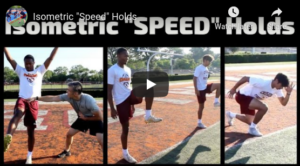
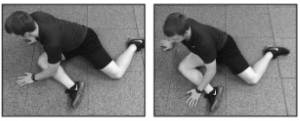
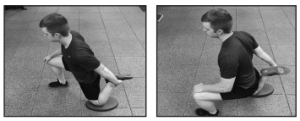
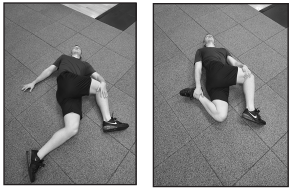
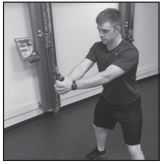
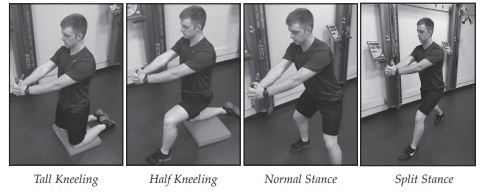
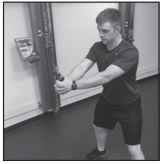
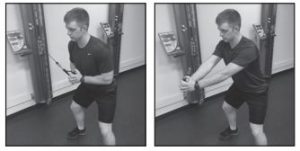
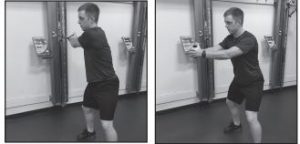
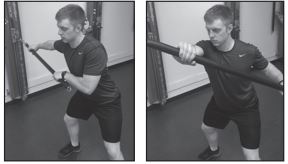
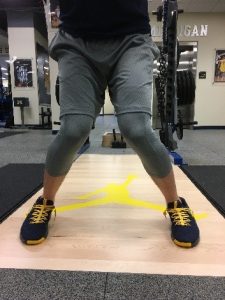
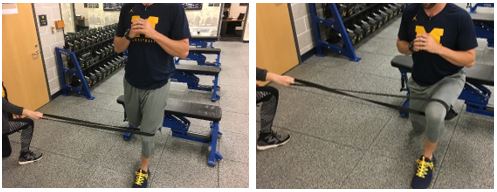
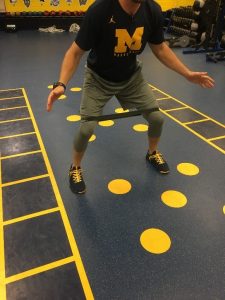
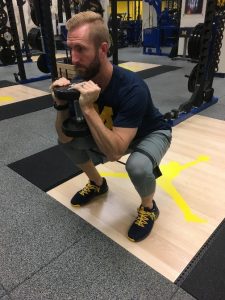
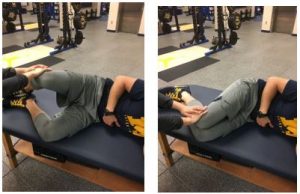
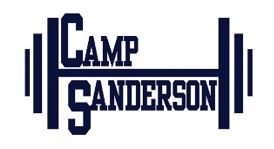 If interested in the Camp Sanderson S&C program powered by Blueprint Athletes App
If interested in the Camp Sanderson S&C program powered by Blueprint Athletes App




